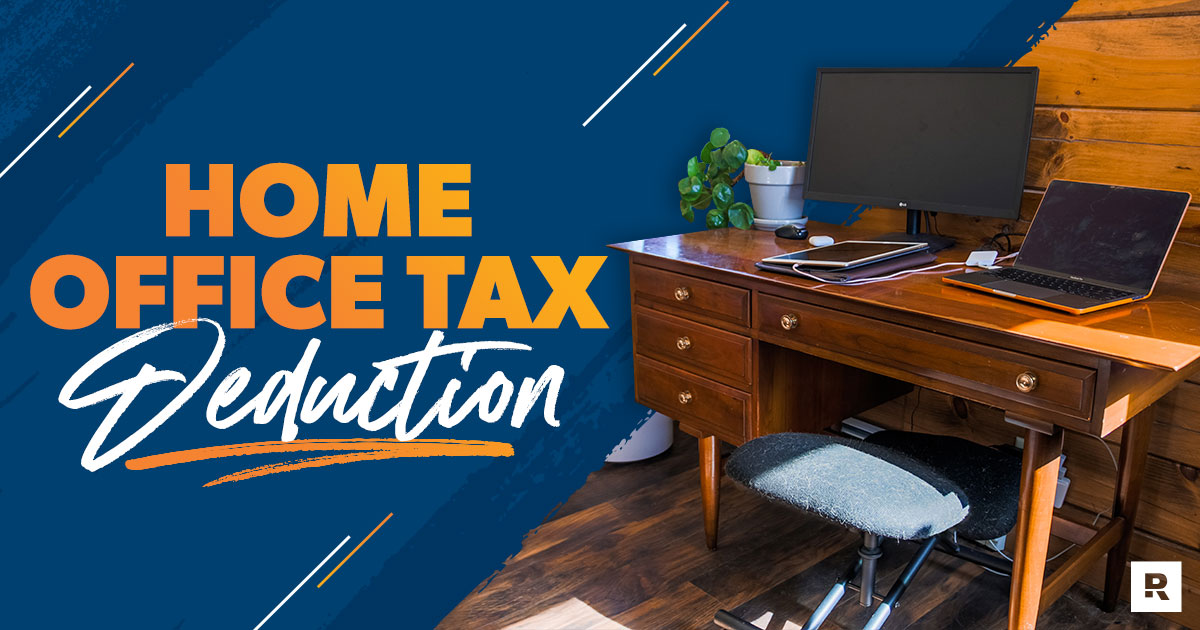New Changes to working from home tax deductions
Table of Contents
As remote work continues to shape the modern workforce, understanding working from home tax deductions can help self-employed individuals and freelancers save significantly on their taxes.
Did you work from home at the height of the pandemic? Millions of Aussies did exactly that, so it’s worth taking note of the ATO’s latest changes to work from home deductions.
While the actual cost method of calculating working from home tax deductions hasn’t changed, the ATO has simplified how to claim fixed rate tax deductions incurred while working from home.
If your work from home incurred additional expenses and involved more than just occasionally checking emails or taking phone calls, you’re eligible to use the revised fixed rate method of calculating deductions. Choosing the right method for calculating working from home tax deductions
“Items that are difficult and tedious for everyday Aussies to calculate actual work-use, like phone, internet and electricity expenses, are included in the revised rate,” explained the ATO’s Assistant Commissioner, Tim Loh.
“Assets and equipment that typically give taxpayers a bigger deduction, such as technological items and office furniture, are not included in the revised rate and need to be claimed separately,” Loh said.
The revised fixed rate method came into affect from 1 July 2022 and can be used when taxpayers are working out deductions for their 2022-23 income tax returns—with the ATO pointing out that transitional arrangements are in place for those who haven’t kept detailed records last tax year.

Types of working from home tax deductions
If you qualify, you can deduct various expenses related to maintaining your home office. These expenses are categorized as direct and indirect costs:
Direct Expenses
These are costs exclusively related to your home office, such as:
- Office supplies (e.g., paper, pens, printer ink)
- Repairs or maintenance specific to the office space (e.g., fixing a broken window in the office room)
- Furniture or equipment used solely for business (e.g., a desk, computer, or office chair)
Indirect Expenses
These are costs for maintaining your entire home, a portion of which can be deducted based on the percentage of your home used for business. Examples include:
- Mortgage interest or rent
- Homeowners or renters insurance
- Utilities (e.g., electricity, heating, internet)
- Property taxes
- Home repairs and maintenance (e.g., roof repairs, HVAC servicing)
- Depreciation (for homeowners)
Non-Deductible Expenses
Some expenses cannot be deducted, such as:
- Personal expenses unrelated to business (e.g., groceries, personal phone lines)
- Costs for areas of the home not used exclusively for business
- Lawn care or exterior home improvements, unless directly related to the business space
- Choosing the right method for calculating working from home tax deductions
Learn more about the ATO’s latest changes to working from home deductions.








